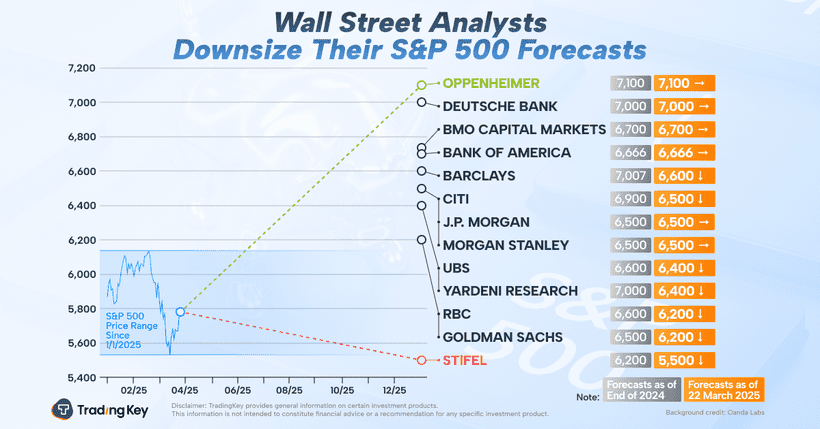RPT-COLUMN-Top takeaways from USDA's planting and stocks reports: Braun

By Karen Braun
NAPERVILLE, Illinois, March 31 (Reuters) - Against typical form, the U.S. Department of Agriculture’s March acreage and stocks data on Monday offered none of the bombshells that market participants usually brace for.
Corn and soybean estimates were largely well-anticipated, and this could be viewed from two angles.
The reports provided nothing bearish, possibly preventing a further slide in prices after what has been a tumultuous few weeks for bulls.
But the data did not reveal anything particularly bullish for corn and beans, which could have speculators feeling relieved after their recent selloffs.
Combined, March 1 corn and soybean stocks were the least controversial in over two decades when compared with trade estimates.
Plantings brought a bit more drama, and these figures warrant more attention, particularly when it comes to the upcoming implications.
ACRES
U.S. corn plantings could have been viewed as bearish, coming in at a 12-year high of 95.3 million acres, almost 1 million above the average trade guess and up 5.2% on the year.
But secretly, the trade likely expected this number as evidenced by a mere half-cent-per-bushel drop in December CBOT corn futures CZ25 during the session.
USDA’s survey showed 2025 principal crop plantings at the lowest levels reported by farmers in March in at least a decade, down 0.4% from last year. The shrinking pool of available U.S. crop acres was a potential limiting factor for corn this year, in addition to the fact that corn prices are not necessarily attractive.
But the alternatives are clearly much worse. Corn is set to account for 30.8% of total U.S. crop acres in 2025, breaking above the 29.6% limit that was reached three times in the last decade.
As such, soybean intentions came in below the average trade guess for the 14th time in the last 17 years. Total wheat acres landed below all trade guesses.
U.S. farmers are set to plant the smallest spring wheat area since 1970 and the smallest cotton area since 2015, and both of those figures barely landed within the trade estimate bounds.
Traders might have been hoping for even lighter soybean plantings since global stocks are already ample. CBOT November soybeans SX25 fell nearly 1% on Monday.
However, the soybean area of 83.495 million acres is the smallest reported by farmers in March since 2016.
LOOKING TO JUNE
Recall that March corn acres over the last two decades have never landed below the average trade guess when the new-crop Chicago soybean-corn futures ratio averaged 2.3 or below during February.
This also holds for the June survey when using either the February or March ratio averages, which were 2.24 and 2.25 this year, respectively. This means that corn acres could be bearish in June, barring any unforeseen weather or economic events.
Soybeans usually follow this same trend, but in the opposite manner where acres come in light when the ratio favors corn. However, in the recent six years where the March ratio was below 2.3, there was one instance (2008) where June soybean acres were bearish.
In general, corn acres tend to be bearish in June, landing above the average trade guess in seven of the last 10 years.
Corn acres typically rise between March and June. If removing 2019 and 2020, years with anomalous weather and economic troubles, it has been a decade since June corn acres landed below the March ones, and it was not by much.
June soybean acres have come in lighter than March for the past four years, though there are only five instances in the last decade, the other being 2019.
But the trade’s tendency is remarkable as June soybean acres have landed below the average trade guess for 10 consecutive years.
LOOKING TO MAY
Monday’s acreage estimates will make their first supply-and-demand impacts when USDA releases its initial 2025-26 balance sheets in May.
USDA in February tentatively projected 2025-26 U.S. corn production at 15.585 billion bushels with yield at 181 bushels per acre and plantings at 94 million acres. Ending stocks were slated at 1.965 billion bushels, up 28% on the year.
Keeping yield the same, the new corn area increases production by about 220 million bushels. A yield of 178.5 bpa, just shy of last year’s record 179.3, would negate any production gains due to the area.
For soybeans, USDA’s 2025-26 crop was pegged at 4.37 billion bushels back in February with a 52.5 bpa yield on 84 million planted acres. Ending stocks were placed at 320 million bushels, down 16% on the year.
Monday’s soy acres drop production by about 30 million bushels compared with February. Plugging in 2016’s record yield of 51.9 bpa cuts off about 80 million bushels. The five-year average yield of 50.7 would remove nearly 180 million bushels from the crop.
This exercise demonstrates that although the market has not been concerned about soybean supplies for a while, this could be subject to change in the coming months as the relatively light soybean acreage gives minimal wiggle room for yields.
Karen Braun is a market analyst for Reuters. Views expressed above are her own.




